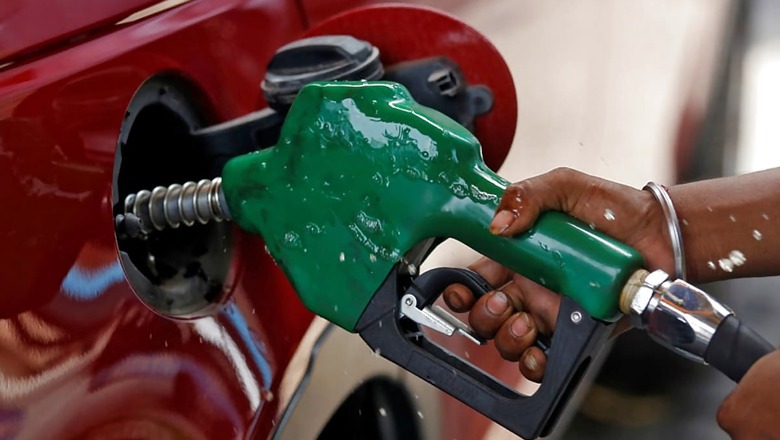
views
You start a job, you work hard to save money and buy your dream vehicle. You go to a showroom and ask the salesperson about the car’s fuel efficiency. The salesperson quotes certain figure stating that the number is certified by ARAI. You happily purchase the car, come back home and start driving the vehicle on a regular basis with 90 percent of your travel dedicated to home-office-home round trip.
While driving the vehicle, you realize the mileage you are getting is way less than what the company claimed. On the first free service you ask the service mechanic to sort out the problem. They claim it’s a new engine and it will take time to open up and give you a desired number. However, they also say that don’t expect mileage to be anywhere near the claimed mileage.
Disgruntled, you start driving vehicle again only to realize that the best mileage you can ever get is at least 20 percent less than the claimed figure. Only in cases where highway driving is more than city driving, the fuel efficiency is better than the rest of the days. You discuss it with your friends and relatives and even go ahead to show your unhappiness on social media, but the only response you ever get is this – ‘Actual Mileage is different than claimed mileage!’
If you remember the whole Delhi Government and Tata Nexon fiasco, that’s exactly what happened. A customer bought a Tata Nexon EV with a claimed mileage of 312 km on full battery charge. But what he got in reality was not more than 200 km. Since Nexon EV is subsidized by Delhi Govt under the Delhi EV Policy, he reached out the AAP-led government who delisted the car from the subsidy list.
Unhappy Tata Motors then reached out to Delhi High Court, but to no avail. In their official statement, Tata Motors said – “The range at single full charge (312 km) for the Nexon EV is basis the certification received from the Automotive Research Association of India (ARAI), which is the official body that independently tests all mass produced vehicles under standard/defined test conditions before they can be offered to customers.
As with conventional vehicles (with IC engines), the actual range achieved in EVs is dependent on AC usage, individual driving style and the actual conditions in which the vehicle is driven. The range achievement is also a function of familiarity with the new technology, and customers report improvements upwards of 10% within 4-6 weeks of familiarity."
What Tata Motors said here is exactly the same what your friends and online queries said – Actual Mileage is different than claimed mileage!. So here’s a simple explanation of Actual vs Claimed mileage:
Claimed Mileage
A claimed mileage is a number given by your vehicle manufacturer and is certified and tested by Automotive Research Association of India (ARAI), a Co-operative governmental body engaged in Research and Development to evaluate the auto related products. ARAI doesn’t perform actual road tests on the vehicles but uses a Chassis Dynamometer to replicate road conditions.
Actual Mileage
As opposed to claimed mileage, actual mileage is the figure a car used gets while driving a vehicle. It has been established over the years that the actual mileage is way less than fuel efficiency figures sanctioned by ARAI. These real-time numbers depend on driving conditions, driving style, roads, weather and much more. For example, a person who drives mostly on highway will get more mileage than someone who drives in city’s bumper-to-bumper traffic.
What mileage should you consider?
As a rule of thumb, take the ARAI mileage and deduct 20 percent from the number. If a car is said to have 20 kmpl mileage (ARAI Certified), you will get not more than 16 kmpl. But that’s a very myopic view of understanding your fuel consumption. As mentioned above, it will depend on various factors. You have to keep a tab on your instrument cluster to check the actual mileage number.
Read all the Latest News, Breaking News and Coronavirus News here. Follow us on Facebook, Twitter and Telegram.


















Comments
0 comment